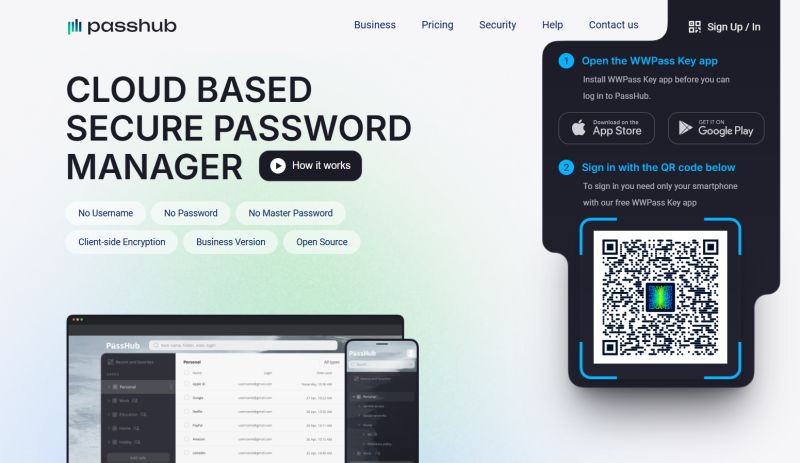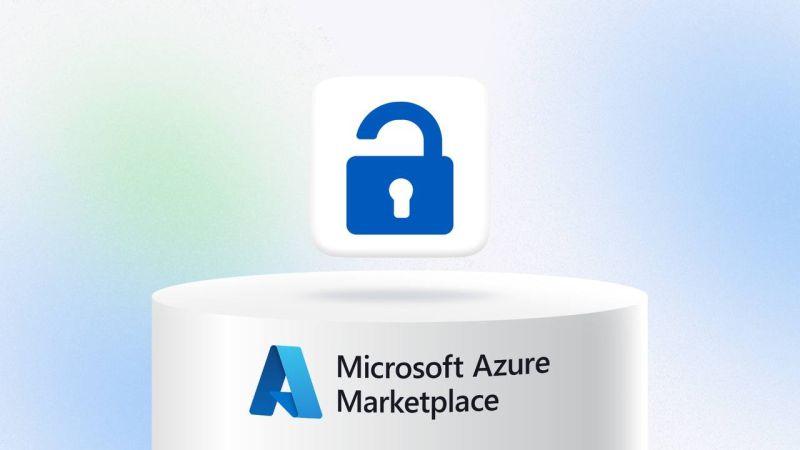
Single sign on (SSO) is more than a convenience feature; it is a strategic capability for modern IT environments. Explore implementation details, security trade-offs, and operational practices at single sign on https://www.wwpass.com/wwpass-sso to see an example of a vendor solution. This article examines how SSO works, why organizations adopt it, common protocols and integration patterns, and what to watch for when planning a rollout.
At its core, single sign on centralizes authentication so users can access multiple applications and services with one set of credentials. Rather than entering separate usernames and passwords for each app, users authenticate once with a trusted identity provider (IdP). That IdP issues assertions or tokens that downstream services (relying parties) trust to grant access. SSO can reduce password fatigue, lower help desk costs, and improve user productivity—especially where employees must interact with dozens of cloud and on-premises applications daily.
There are several widely used protocols and standards that enable SSO. SAML (Security Assertion Markup Language) remains common in enterprise federation scenarios, particularly for browser-based SSO between organizations and SaaS providers. OAuth 2.0 and OpenID Connect (OIDC) are more common for modern web and mobile architectures: OAuth provides delegated authorization while OIDC adds authentication on top of OAuth 2.0. Kerberos is still used in many Windows-centric environments for network authentication and integrated Windows authentication. Choosing the right protocol depends on application architecture, trust boundaries, and whether you need browser redirects, API tokens, or native app flows.
SSO provides clear business benefits. First, user experience improves: fewer passwords mean less friction for employees and customers. Second, security can improve because centralized authentication encourages stronger controls—multi-factor authentication (MFA), adaptive risk-based policies, and faster account deprovisioning. Third, operational costs decrease as password reset tickets and account setup procedures decline. Finally, SSO simplifies compliance reporting: a centralized identity system generates consolidated logs that make audits and forensic investigations easier.
However, SSO also introduces concentrated risk. If the IdP is compromised, an attacker could potentially access all connected resources. That makes hardening the identity provider and related processes critical. Implement robust MFA, strict session controls, frequent monitoring, and incident response playbooks. Consider threat models that include credential stuffing, phishing, and social engineering. Implementing anomaly detection and adaptive authentication—where the system challenges users based on device, location, or behavioral heuristics—helps reduce risk.
Federation and trust relationships are central to SSO architectures. Federation allows identities managed by one domain to be used by services in another domain without copying credentials. Organizations need clear agreements on SAML metadata, certificate rotation, trust lifetimes, and logout behavior. Single logout (SLO) is notoriously difficult; it may not be perfectly reliable across all providers and endpoints, so design your session management with realistic expectations about logout propagation and session expiry.
Token lifecycle management affects both security and user experience. Access tokens are typically short-lived to limit exposure should they be leaked. Refresh tokens let clients obtain new access tokens without prompting users to re-authenticate, but refresh tokens must be protected and, when possible, tied to a specific client and device. Implement token revocation and key rotation strategies. Use short-lived session cookies for browser flows and ensure secure cookie flags (HttpOnly, Secure, SameSite) are set appropriately.

Integration patterns vary depending on the application type. For web applications, SAML or OIDC redirects are common. For APIs and microservices, tokens conveyed by OAuth 2.0 (Bearer tokens, JWTs) are typical, and API gateways often mediate token validation and routing. Native mobile apps use OIDC with authorization code flow and PKCE (Proof Key for Code Exchange) to mitigate interception risks. Service-to-service authentication might rely on mutual TLS or signed tokens issued by an internal identity service. Choose patterns that align with your security posture and developer ecosystem.
MFA should be a baseline control for SSO entry points, particularly for privileged accounts and administrative interfaces. Methods can include hardware tokens, OTP apps, push notifications, FIDO2/WebAuthn, or biometric options. Balanced implementations prioritize security without degrading usability: consider step-up authentication that requests additional verification only for high-risk transactions. Also implement least-privilege access and role-based access control (RBAC) or attribute-based access control (ABAC) to limit what authenticated users can do.
Operational considerations are equally important. Plan for high availability and disaster recovery of the IdP. Distribute authentication endpoints geographically, use load balancing, and ensure backups and failover processes are tested. Monitor authentication metrics—failed logins, success rates, latency—and set alerts for anomalous trends. Log in a privacy-respecting manner and retain records according to regulatory requirements. Also define clear user lifecycle processes to provision and deprovision accounts in integrated systems so that access is timely and consistent.
Migrating to SSO can be challenging. Begin with a phased approach: integrate non-critical applications first, prove the model, then expand coverage. Maintain fallback authentication methods during transition periods. Build strong change management and user training programs; even improvements in convenience require user education about security responsibilities, such as device protection and phishing awareness. For legacy applications without modern protocol support, consider using web access management gateways or proxies to provide an SSO facade.
Vendor selection matters. Evaluate potential IdP and SSO solutions for protocol support, extensibility, integration libraries, compliance posture, and operational maturity. Pay attention to support for standards like SAML, OIDC, OAuth, SCIM (for automated provisioning), and modern authentication mechanisms like WebAuthn. Also consider how well the vendor supports hybrid environments that mix cloud and on-premises services and whether they provide good observability and automation features.
Finally, align SSO deployment with broader security models such as Zero Trust. In a Zero Trust architecture, authentication is only the first step; authorization decisions should be continuous and context-aware. Combine SSO with device posture checks, risk scoring, and micro-segmentation to ensure that a valid identity does not automatically grant unfettered access.
In summary, single sign on delivers meaningful benefits when designed and operated thoughtfully. The technical choices—protocols, token handling, MFA, logging, and federation—must be matched with strong governance, monitoring, and incident readiness. With careful planning and adherence to best practices, SSO can be a cornerstone of a secure, user-friendly identity and access management strategy that scales with your organization’s needs.

